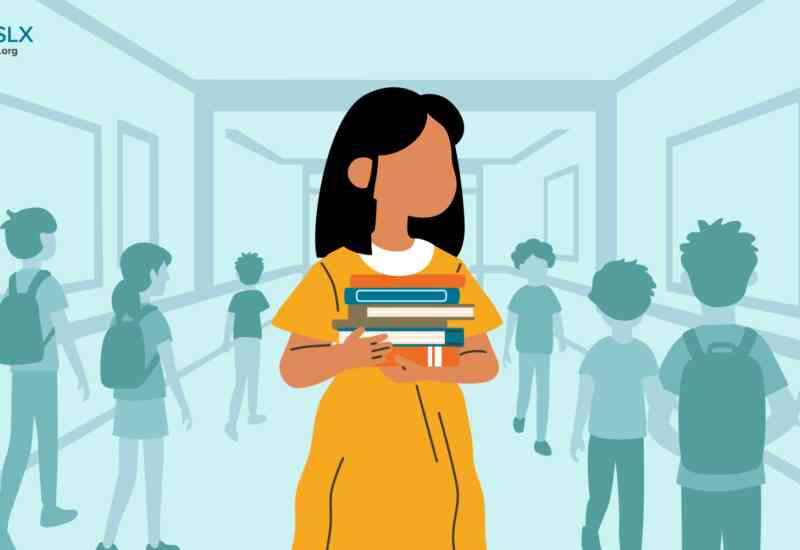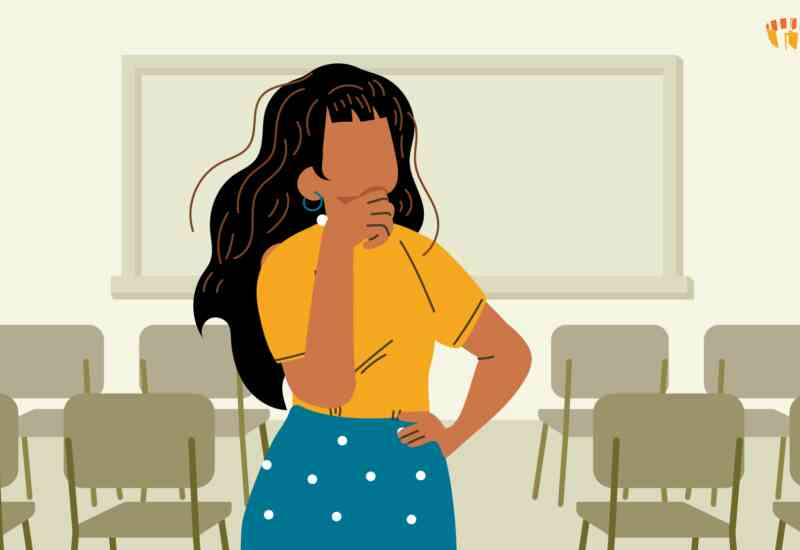The state has significantly enhanced the potential for school and community leadership to act together to support student learning and development through the California Community Schools Partnership Program.
The nearly $3 billion grant program provides an opportunity for districts and their schools to design and implement sustainable and effective community school strategies. That is, supporting school districts and schools to work intentionally with teachers, students and families, and with community agencies and local government to align community resources behind improving student outcomes.
The program – particularly the planning grants, just released on March 1 – holds the potential to be among the most flexible sources of funding that the state has ever provided.
Done well, it offers schools and districts the opportunity to understand and fill gaps in vital areas identified by students, parents, educators and community partners and to weave together existing and new programs into a cohesive and coherent whole.
Unlike most traditional schools, community schools support student-centered learning and development through locally driven, mutually beneficial partnerships focused on results that matter. They are schools with engaging and high-quality teaching, safe and inclusive classrooms and positive school climate, integrated support services and enrichment opportunities, active engagement and empowerment of students and families, and sustainable and collaborative site-based leadership.
Community schools do not emerge in a single stroke, nor are they a quick fix. Rather, they develop synergistically over time as educators, families and their community work together. All schools can, and should, be community schools.
From this perspective, we offer educators, partners and family and community representatives some discussion prompts as they plan together and strengthen their community school strategy.
School site teams: Establish or support a formal school-site team of students, parents, educators and community partners (including higher education and municipal agencies) to determine how to support students and connect to community resources. These teams are vital in the planning process and offer a mechanism for sustained engagement. Repurposing and expanding existing structures is feasible so long as there is a clear commitment to partnership and collaboration. Sometimes a new group will be necessary.
Questions to ask: Who do we need to engage? Do we have a culture of shared leadership and decision-making? What do we need to do to foster that kind of approach?
Fill critical gaps: The Community Schools Partnership Program can fill gaps in by financing programs or deepening strategies that reflect the immediate concerns of students, parents, teachers and the community. Look for low-hanging fruit around which staff and partners are ready to mobilize. Quick wins engender trust and efficacy and build muscle memory for more complex challenges.
Questions to ask: What data and information do we have; what more do we need to gather to identify gaps and potential strategies? What areas are best primed for early success?
Community school coordinators: A coordinator serves as a site-based “chief of staff” to the principal bringing together strategies and partners to ensure that everyone is rowing in the same direction. The coordinator’s role is not to “own” all the programs – but rather, to foster shared ownership over student outcomes, ensuring that opportunities and supports are based on identified needs. Coordinators cultivate a culture of collaboration that leads to lasting relationships among educators, families, partners and communities.
Questions to ask: Is there someone on staff or an existing partner who could fill this role? What role might partners play?
Engaging students in community-based learning: The Covid crisis, California’s drought, housing instability, pollution, community-level violence and many other issues that students see every day can become a core part of an interdisciplinary curriculum. Funds can facilitate relationships with community groups with expertise in these areas and create learning opportunities that engage students and lift their voices, are culturally affirming, and connects learning to their community.
Questions to ask: What are the most pressing challenges our students/families are facing, and how are they reflected in our curricula?
Build bridges to the community: Public schools need deeper relationships with the communities they serve. When schools recognize they “can’t do it alone,” they are recognizing the social, economic and community forces that influence their ability to get results. They are honoring the assets and expertise available in their communities. A school that is more responsive to community concerns has more community support in tough times.
Questions to ask: What partners, systems and people in our community do we want to engage more intentionally in supporting our community school work?
Educators have always been able to tackle multiple challenges at the same time. The community schools grant gives school districts and charter schools a unique opportunity – and the resources – to work together with families and communities to weave together programs and activities into a vibrant community school. In so doing, educators can renew the democratic purpose of public education to which they have long been dedicated – to educate, engage, activate and serve not only their students but their entire community.
•••
Hayin Kimner is the managing director of the CA Community Schools Learning Exchange, an organization that works with local education agencies, community partners and other youth- and family-serving organizations to strengthen community school strategy development and implementation. Martin J. Blank was the founding director of the Coalition for Community Schools and the president of the Institute for Educational Leadership.



